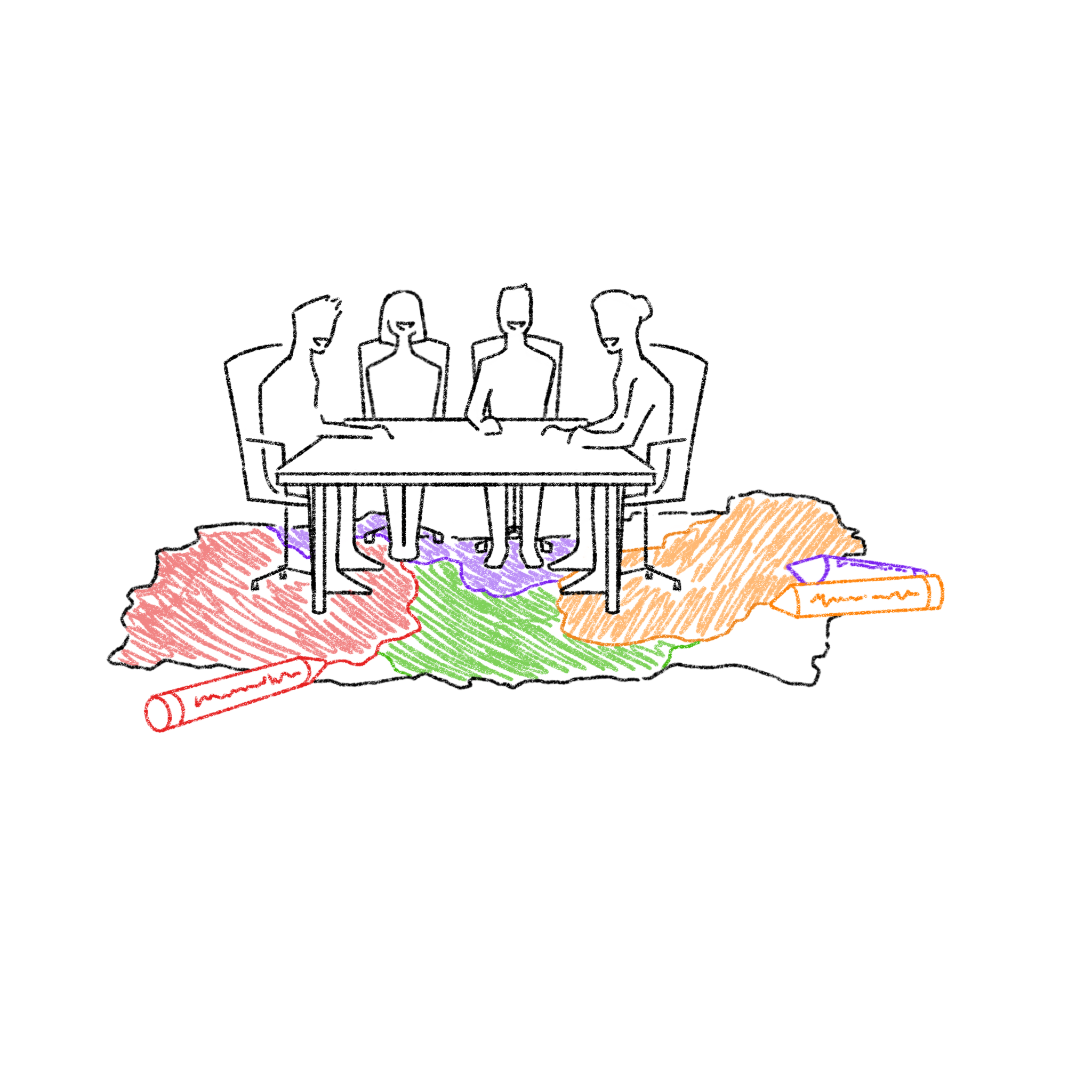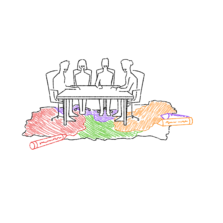

The San Mateo Union High School District’s Board of Trustees votes on decisions that the district makes on behalf of the schools. Now, the fundamental way that the elections of these officials works is changing.
Previously, every trustee running would be chosen by the entire district. But as of Feb. 25, 2021, each trustee will represent a portion of the District and only those in that area will vote on who is elected there. The Board decided that the entire District will be divided into geographical areas, sectioned by neighborhoods and areas with shared social and economic opinions, policies and common interests.
This change is due to the California Voters Rights Act, which states that voting procedures that discriminate against minorities, or instigate racially polarized voting, are unfair and disenfranchise minority groups. Other districts who tried to ignore this change have been sued.
“Some have fought it, but they lost,” said Board member Ligia Andrade Zúñiga. “[It] was not only a very time consuming process for everyone involved, but also it … [was] a waste of resources [and] a waste of effort”.
“At times, a minority population might get drowned out if trustees are elected by just a broad swath“
It is important that voting procedures in the trustee election process do not violate the CVRA.
“At times, a minority population might get drowned out if the trustees are elected by just a broad swath,” said history teacher Will Colglazier.
The newly introduced by-trustee area board elections do not violate the CVRA, allowing for an election of trustees that more accurately represent the district population. Better representation increases the County Committee and the Board of Trustees’ ability to make decisions that benefit the entire community.
“If one district votes on some trustee that’s in a more privileged community, they’re going to have different opinions than … ones for less privileged communities,” said junior Mathew Zheng.
“We [want] to give people access to opportunities and make sure that all of our communities are”
The chosen geographical areas are crucial to whether the by-trustee area elections will work or not, which is why many more meetings will be held in the future to deliberate and finalize all of these plans.
“We are willing to … try to change things … and be collaborative,” Zúñiga said. ”We [want] to give people access to opportunities and want to make sure that all of our communities are represented.”
“Having different districts will give more diversity of opinion because each district probably has their own circumstances,” Zheng said.
In early 2022, meetings will be held to finalize the exact boundaries of each of the trustee’s areas. The final map adoption meeting will be on Feb. 24. at 7 p.m.
Zúñiga encourages all students to learn about this policy and follow the board meetings. These meetings are open to the public, so anyone can attend to observe and make a public comment on the maps being proposed and what policies the District will adopt.
“I want to make sure that people are informed,” Zúñiga said. “That’s my biggest concern. … I just want to make sure there is … access to information for everyone and that everyone understands how it works, … especially the students.”
